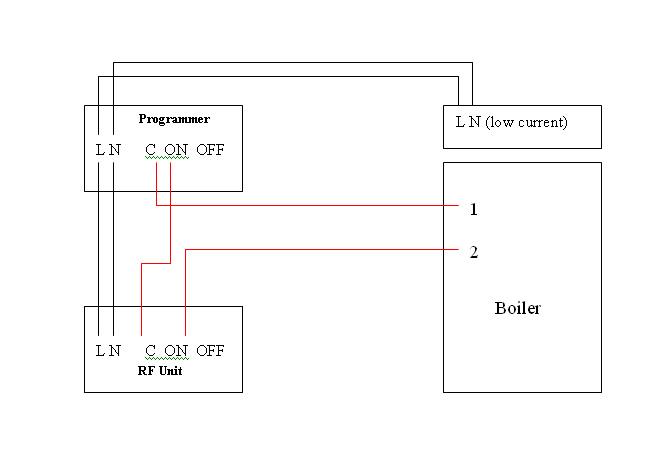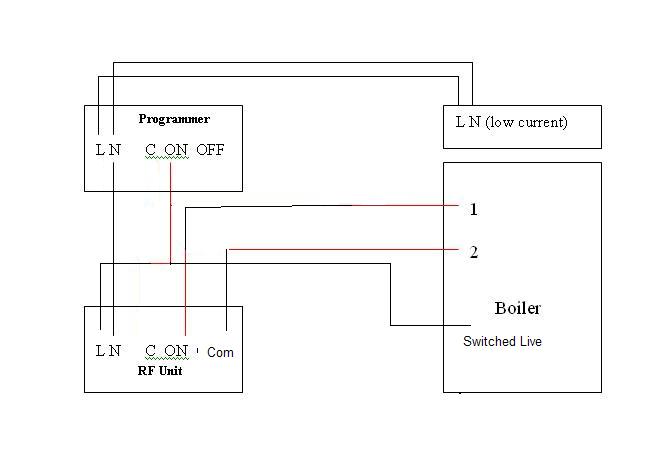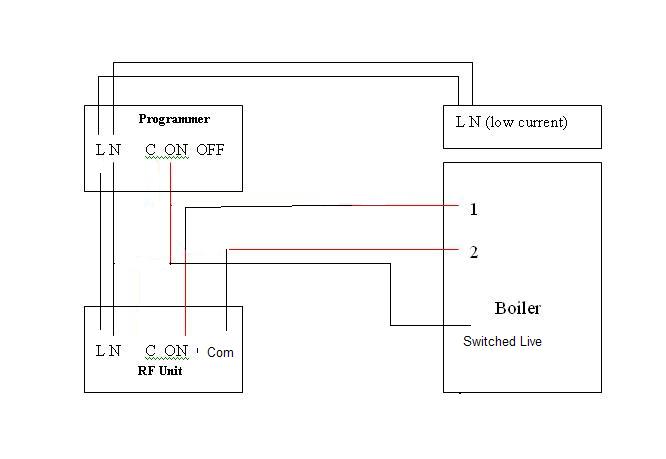A customer has had a new electric central heating boiler installed and wants me to wire it up. The customer has already got the time programmer but the plumber has told the customer that I'll need to use a relay as well.
For those of you who regularly do CH wiring, is a relay a plumbers term for a bit of electrical kit in a plumbing system, or does he actually mean a contactor to allow the programmer to switch the high loads of the boiler?
If the latter, it seems odd to me that this boiler, Dimplex Ascari, which is supposed to be a direct replacement for standard gas boilers needs such a piece of kit.
Thanks in advance.
For those of you who regularly do CH wiring, is a relay a plumbers term for a bit of electrical kit in a plumbing system, or does he actually mean a contactor to allow the programmer to switch the high loads of the boiler?
If the latter, it seems odd to me that this boiler, Dimplex Ascari, which is supposed to be a direct replacement for standard gas boilers needs such a piece of kit.
Thanks in advance.




